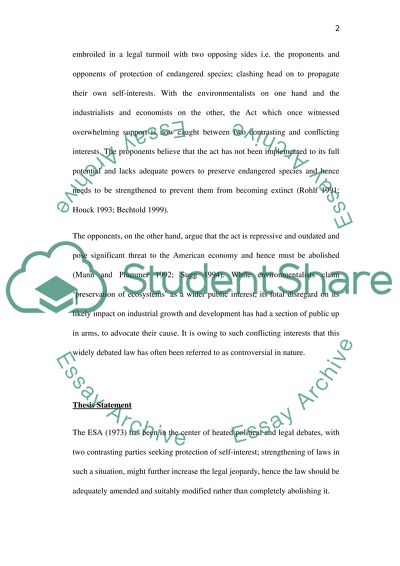Cite this document
(“Environmental Issues Essay Example | Topics and Well Written Essays - 1500 words”, n.d.)
Environmental Issues Essay Example | Topics and Well Written Essays - 1500 words. Retrieved from https://studentshare.org/miscellaneous/1573289-environmental-issues
Environmental Issues Essay Example | Topics and Well Written Essays - 1500 words. Retrieved from https://studentshare.org/miscellaneous/1573289-environmental-issues
(Environmental Issues Essay Example | Topics and Well Written Essays - 1500 Words)
Environmental Issues Essay Example | Topics and Well Written Essays - 1500 Words. https://studentshare.org/miscellaneous/1573289-environmental-issues.
Environmental Issues Essay Example | Topics and Well Written Essays - 1500 Words. https://studentshare.org/miscellaneous/1573289-environmental-issues.
“Environmental Issues Essay Example | Topics and Well Written Essays - 1500 Words”, n.d. https://studentshare.org/miscellaneous/1573289-environmental-issues.


